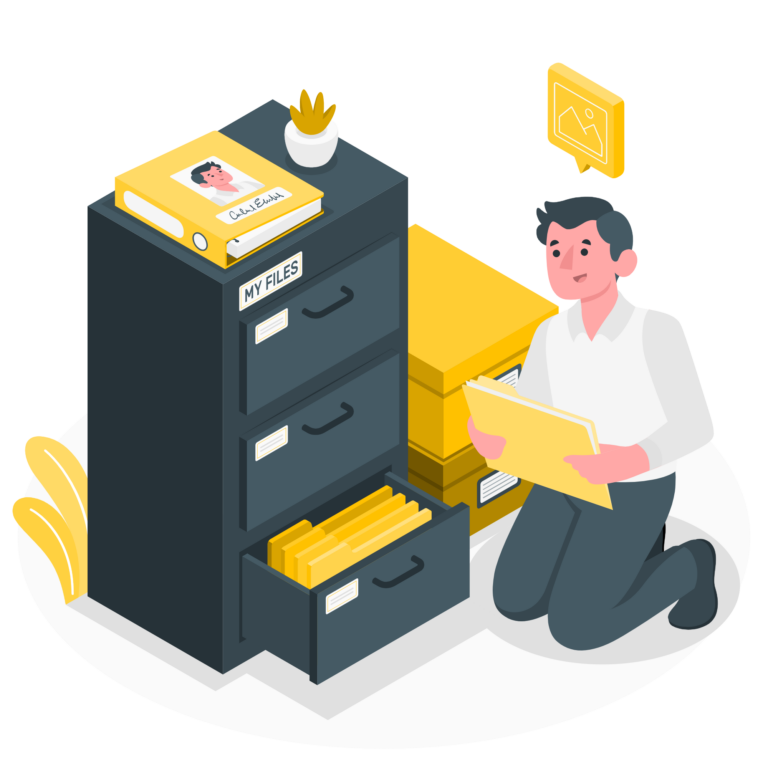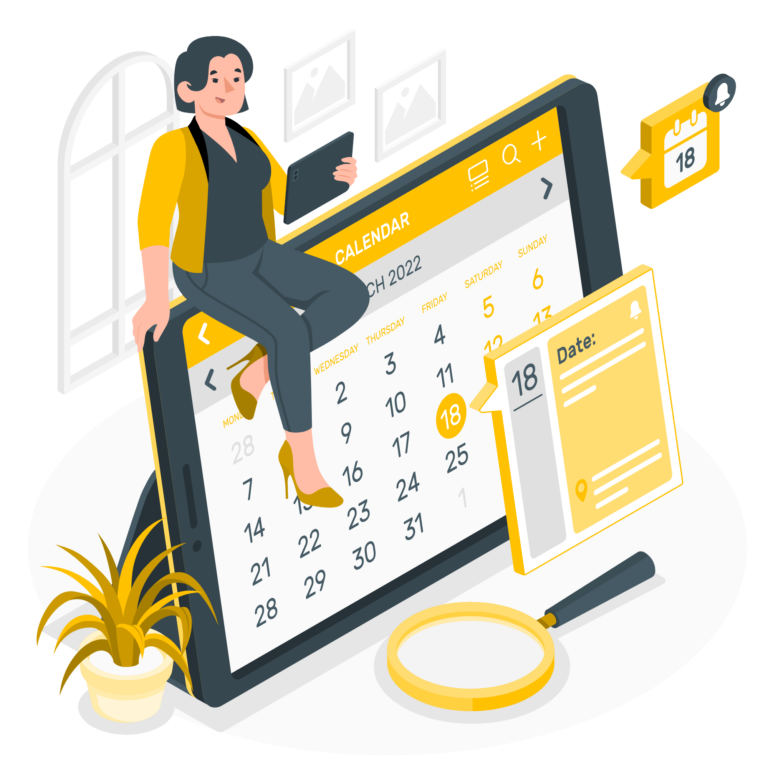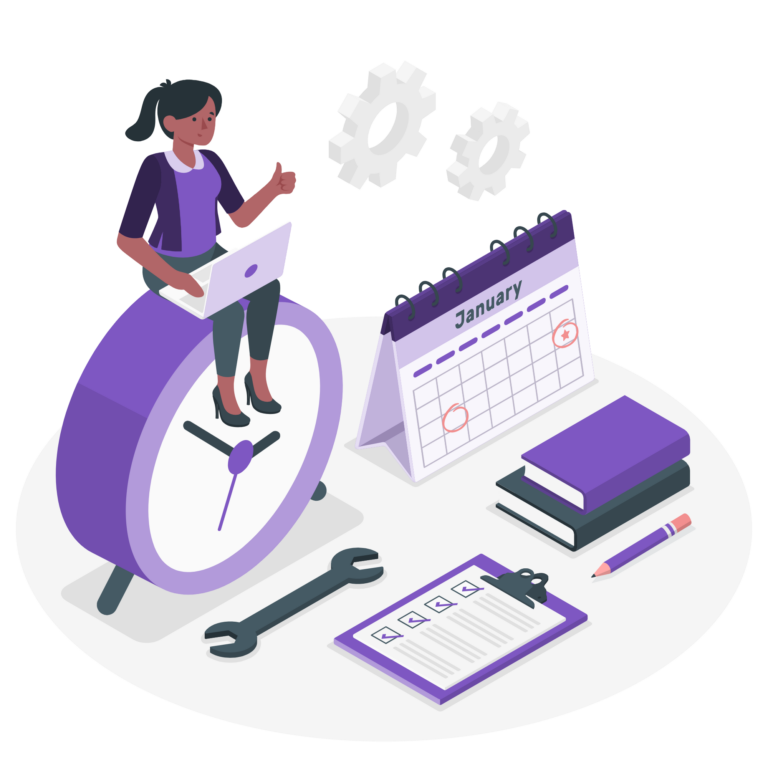
The Essentials of Business Communication
Essentials of Business Communication What if I told you that the secret to a successful business isn’t just a great product or service,

Essentials of Business Communication What if I told you that the secret to a successful business isn’t just a great product or service,

Elevate your business strategy by mastering the art of creating efficient business document templates. Learn how to enhance productivity here.

While there are many reasons that you may want to use a physical calendar or planner when hashing out ideas, or looking at content calendars, converting those to a digital calendar can be one of the best things you do.

While there are many reasons that you may want to use a physical calendar or planner when hashing out ideas, or looking at content calendars, converting those to a digital calendar can be one of the best things you do.

While there are many reasons that you may want to use a physical calendar or planner when hashing out ideas, or looking at content calendars, converting those to a digital calendar can be one of the best things you do.

I have always hated being inefficient with my time. As a wife, mom, business owner, outdoor enthusiast, runner, musician, and 500 other things I’m sure

“Ughh. I feel like I have no time in the week.” I am willing to bet that you say this to yourself from time

Are you tired of missing things that you love in life? I know I am. As a mom, a business owner, and a neurodivergent
ClickUp is a cloud-based project management tool that has been taking the small (and medium-sized) businesses by storm in the past couple of years. Known

Do you feel like your business is a chaotic mess ?? Do you not know where anything, or any project is at any
Copyright Ana’s Simple Solutions © 2021. All rights reserved.